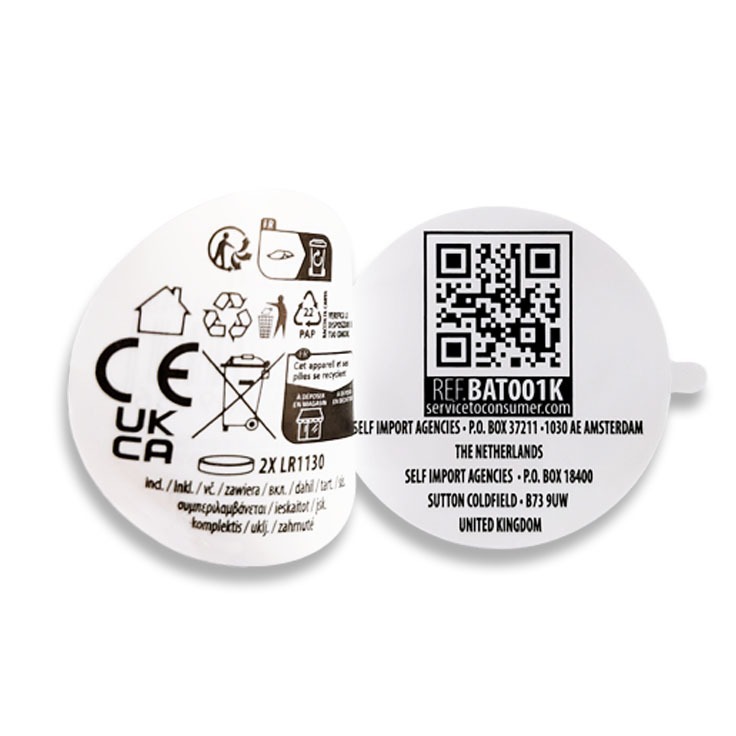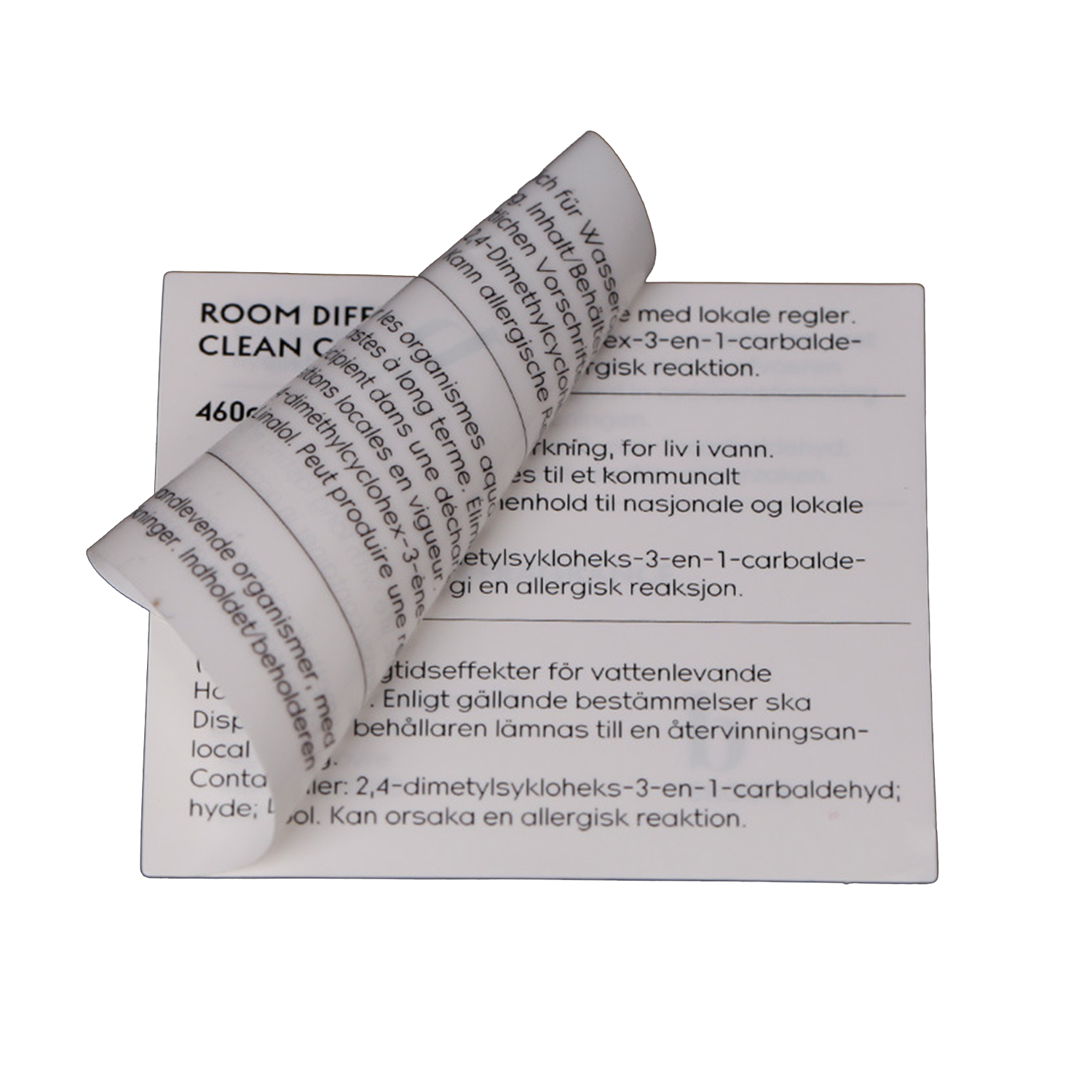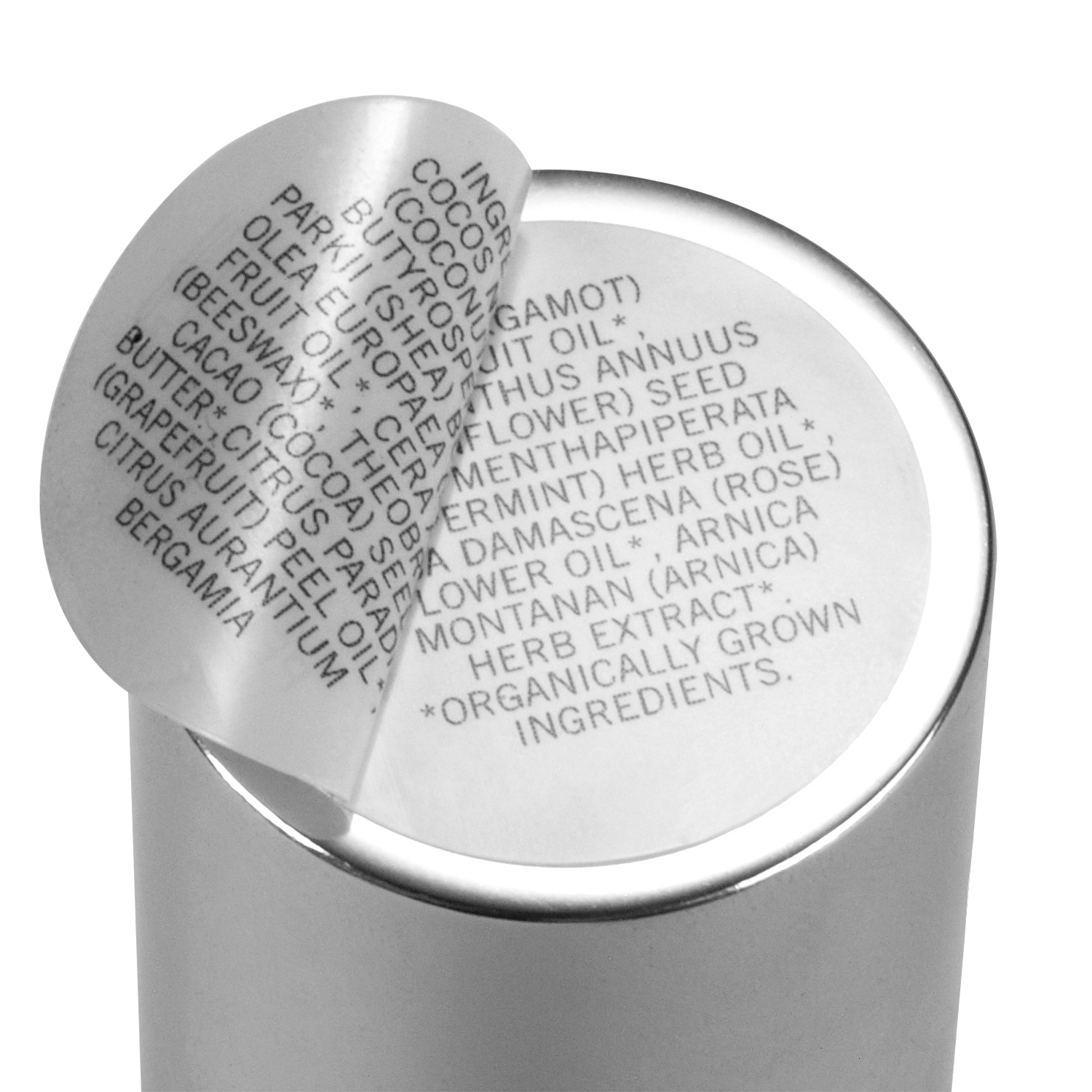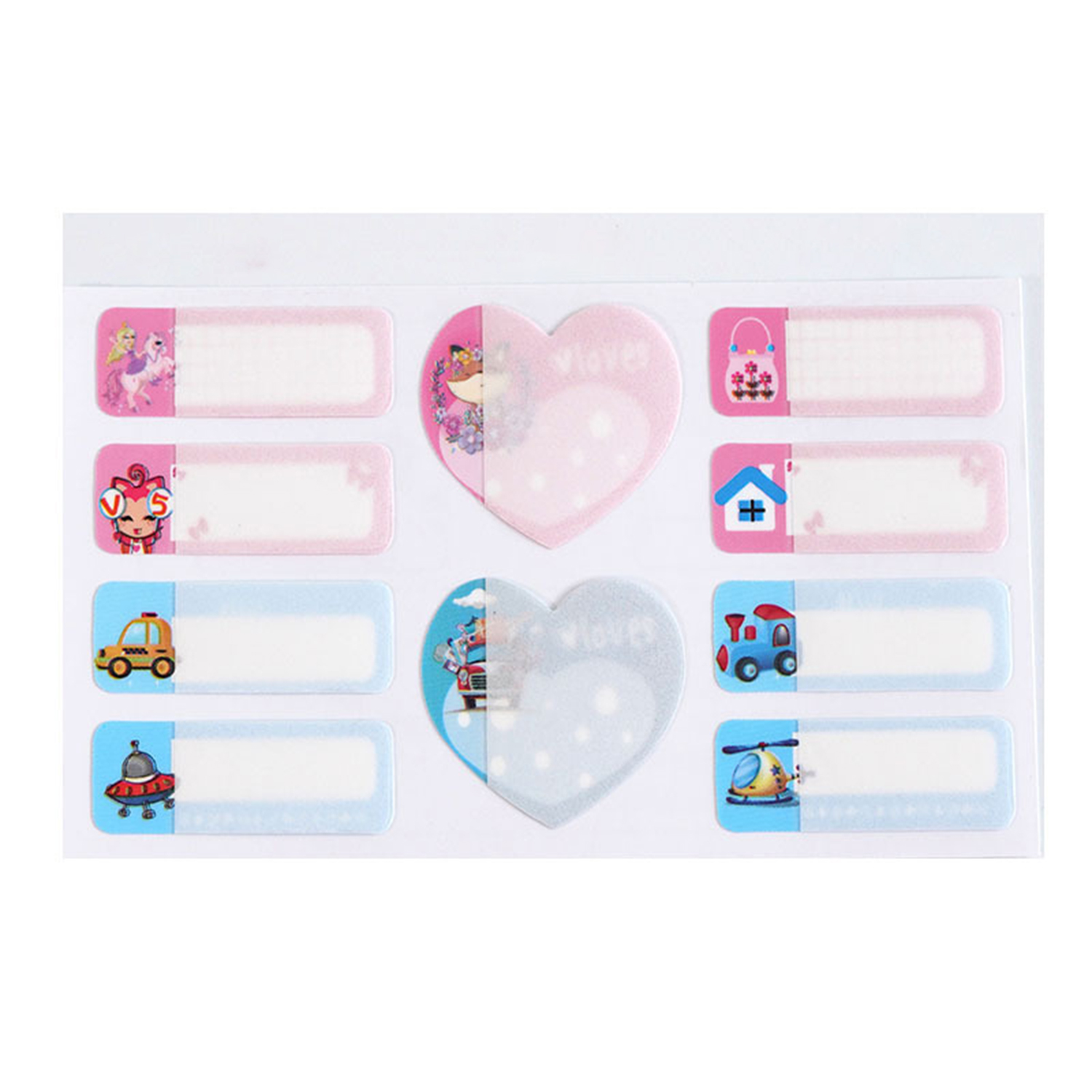




| Multi Layers Label | |
| Shape | Customized |
| Materials | PVC Adhesive, Copper Adhesive, Others |
| Performance | Paper, PP, PVC, PET ,PC, Metal |
| Colour | Pantone and RAL color matching system |
| Adhesive | Water glue |
| Use membrane class | Glazing Film |
| Printing | Letterpress Printing, Digital Printing, PS Printing |
| Long-term Temperature Resistance | -25℃~53℃ |
| Thickness of Epoxy | 0.1~0.3mm |
What is A “Multi Layers Label”?
A multi-layer label consists of several layers. Each layer is stacked on top of each other, so basically, it’s a label on a label. Its material is usually semi-glazed paper, art paper, PP (polypropylene), PET (polyethylene terephthalate) and so on. These materials are often used to print and process multilayer labels because they have good printing adaptability and certain mechanical strength. There are also some metals: such as aluminum foil labels, which are used for occasions that require high moisture, oil and chemical resistance.
The liner label is the bottom layer of the multilayer label. It is permanently applied to products or packaging. All of the top layers can be peeled off again or covered with the top layer after the bottom layer is signed to protect the signature layer. This also creates up to three printable surfaces on which you can place a variety of information for your customers. From your signature to your warning words, all possibilities are open to you.
Multi-layer labels include folding labels and multi-layer signature labels, which are suitable for various scenarios in daily life.
Features & Benefits of Multi Layers Label Include:
Product Features
Multi-layer structure:
The most distinctive feature of multi layers label is that it consists of multiple layers of materials, which may include substrates, adhesives, backing papers, and special coatings or transparent coats. Each layer has its specific function and role, which together constitute the overall performance of multi-layer labels.
Material diversity:
Multi layers label has a wide selection of materials, and different material combinations can be selected according to specific application requirements and environmental conditions.
For example, the substrate can be paper, metal or plastic; Adhesives can choose strong adhesives such as acrylic base; Lining paper is used to protect the adhesive and facilitate processing and storage.
Customized design:
Multi layers label can be customized according to the specific needs of customers, including size, shape, color, pattern and special functions, etc. This flexibility makes multi layers sticker can be widely used in various fields and scenes.
High security:
Due to the complex structure and special process of multi layers label, it has a certain anti-counterfeiting effect, which is of great significance for the protection of high value-added products or brands.
Product Benefits
Enhanced durability:
The multi-layer structure makes multi layers label more robust and resistant to wear, scratching and chemical corrosion, which helps to extend the label’s service life and protect product information from damage.
Improved aesthetics:
Transparent covering layer or special coating can give multi layers label more beautiful appearance and better visual appeal, which helps to improve the overall image of the product and market competitiveness.
Better adhesion:
Multi layers labels with strong adhesives adhere firmly to a variety of surfaces, including smooth, rough or wet ones, which helps ensure that the label does not fall off or shift during transport and use.
Increased information capacity:
Due to the structural design of multi layers label, more information content can be provided in a limited space. For example, more information such as text, patterns, or QR codes can be displayed by folding or expanding multi-layered structures.
Flexible application scenarios:
The versatility and custom design of multi layers label make it suitable for a variety of application scenarios and fields.
BX Panel Multi Layers Label Technical Information
- Material preparation
Selection of materials: multi layers label usually uses thin film self-adhesive material, which is composed of a backing paper, a face paper and an adhesive used as a bond between the two. The bottom paper is dense, uniform, has good internal strength and light transmission, and is a common material for making multi-layer labels.
Material inspection: Before printing, it is necessary to strictly check the material to ensure that the quality of the material meets the printing requirements and avoid problems in the printing process.
- Printing processing
Uncover the film self-adhesive material: First, uncover the film self-adhesive material and prepare for printing.
Adhesive surface printing: The use of adhesive surface printing mechanism for local printing on the adhesive surface, the purpose is to cover the adhesive locally, and facilitate the use of consumers to uncover the first layer of multi-layer labels. This step is the key to ensure that the multi-layer label can be removed smoothly.
Composite and reprinting: After the base paper is re-combined with the surface material, the surface material is printed. Depending on the design requirements, print on the first or second (or even more) layer of multi layers label surface. In some cases, a matte oil (or other similar substance) is also applied to the second layer surface after printing to enhance the visual effect and peel performance of the label.
- Compound and die cutting
Scuttling: The printed multi layers label is scuttled at the scuttling station, and the label is cut into multiple parts according to the predetermined size and shape. This step is to separate the multiple layers of labels into individual usable units.
Compound: After cutting the multi layers label into the compound station. Here, the first layer of multi layers label partially strips the base paper (the base paper is collected by the rewinding mechanism), and rotates 360° under the action of the mechanism to partially compound the second layer of label. In the composite process, it is necessary to ensure that the registration of the two layers of labels is accurate, that is, the graphic part of the two layers of labels should be aligned.
Die cutting and waste removal: The composite multi layers label enters the die cutting station for die cutting and waste removal. Die cutting is the process of cutting the multi layers label into its final shape, while waste removal is the removal of excess scraps and scrap.
- Back adhesive
According to the use of the product environment and requirements, choose the appropriate type of back adhesive, such as waterproof, temperature resistance, super bonding, etc. We offer 3M, Crown, Soken, Nitto, Sony, Luxking and other adhesive brands.
What Industries Use Multi Layers Label?
Multi-layer labels are widely used in many industries because of their unique design and functions. Here are some of the main application areas:
Pharmaceutical packaging industry
Large information carrying capacity: Multi-layer labels can greatly improve the information carrying capacity of labels by increasing the number of layers without increasing the surface area of labels.
Good anti-counterfeiting effect: Multi-layer labels have been able to use anti-counterfeiting means to meet the various anti-counterfeiting effects expected by pharmaceutical manufacturers, and enhance the safety and credibility of drugs.
Attract consumers: Exquisite multi-layer label design can effectively attract consumers’ attention, help drugs stand out in the market and increase sales.
E-commerce platform
On e-commerce platforms, goods are usually classified and organized according to a variety of classification criteria, such as category, brand, price, etc. Multi-layer label marks can classify and manage goods in a more detailed and specific way, improving users’ perception of goods and purchasing experience.
Knowledge base management: In the knowledge base management system, multi-layer labels can help users retrieve and obtain the required information more efficiently, and improve user experience.
Daily life
In daily life, the multi-layer label can be used as a marker label, affixed to the place that needs to be marked, how to use: Cover the signature area with a surface layer after the bottom signature.
Multi-layer labels can be used on the packaging of daily chemical products to provide detailed information such as product ingredients and instructions for use.
Food packaging: In the field of food packaging, multi-layer labels can be used to identify food ingredients, production date, shelf life and other information to ensure the safety and traceability of food.
The application of folded labels is also very extensive:
Daily chemical products: Folding labels can be used on the packaging of daily chemical products to provide detailed product descriptions, ingredient lists, use methods and other information. Thanks to its multi-layered structure, more content can be displayed in a limited space, making it easy for consumers to read.
Electronic products: For electronic products, folding labels can be used for the production of manuals or warranty cards, so that users can easily access product information and warranty terms at any time.
Promotional activities: Folding labels can be used as a promotional tool to attract consumers’ attention by displaying preferential information, product features, gift details, etc., through multi-layer design.
Brand promotion: Brand owners can use the unique design of folded labels for brand promotion to enhance brand image and awareness.
Logistics label: In logistics packaging, folding labels can be used to mark logistics information, precautions, etc., to ensure the safety and traceability of goods during transportation.
Drug instructions: The folded label on the drug package can contain detailed drug information, usage and dosage, precautions, contraindications, etc., to provide patients with comprehensive drug guidance.
Household goods label: On the packaging of household commodities such as cleaning agents, detergents, etc., folding labels can be used to display product characteristics, instructions and other information to facilitate consumer use.